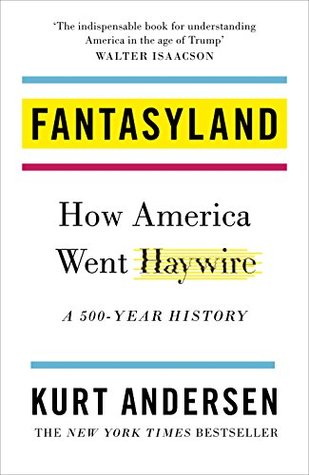By 1848, Americans’ appetite for the amazing and the incredible had been whetted by two decades of transformative technologies and by the manic fabulism of dime museums and medicine shows and newly sensationalist newspapers. A credulity about E-Z self-improvement—swallowing pills or feeling the Holy Spirit to end one’s suffering magically—had been normalized during the First Great Delirium.
Welcome back. Just a moment while we sign you in to your Goodreads account.


